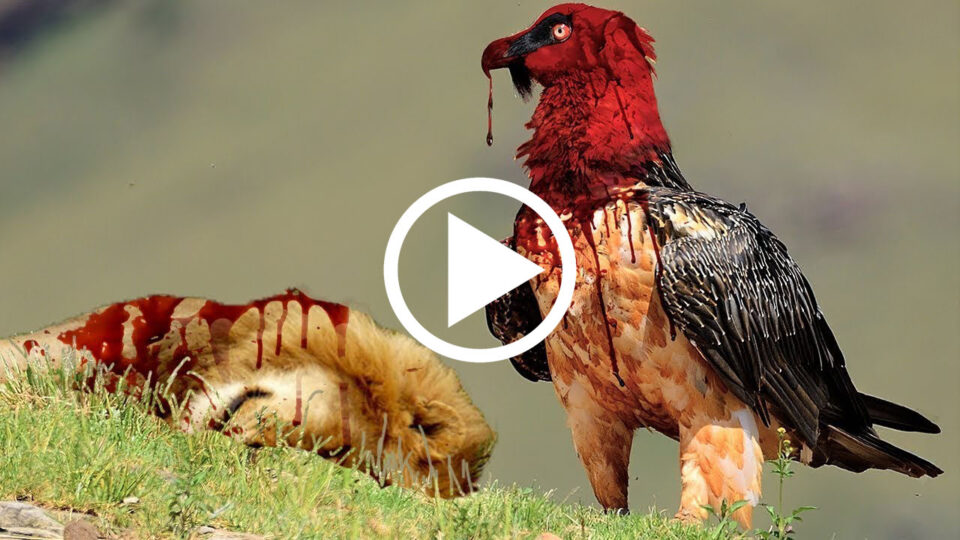No one ever thinks of birds as dangerous, except for birds of prey, of course. However, there are many other types of birds that can cause a lot of damage.
Australian Magpie
The Australian magpie is famously irritable: there are countless recorded incidents of the bird purposefully attacking humans.
Many magpies become incredibly aggressive during the breeding season and swoop at people who happened to wander or cycle a little too close to a nest.
The problem is so pervasive that some Australian municipalities recommend pedestrians wear wide-brimmed hats or carry umbrellas during magpie breeding season in order to defend themselves.
Some cyclists have even fitted their helmets with spikes to deter the psychotic birds. Even though the magpie is lacking the talons to inflict serious injury, an unexpected magpie attack on a cyclist could easily result in a traffic accident.
You’ve been warned. It’s not uncommon to hear news reports of an overzealous owl or cranky goose ardently defending its nest, just like the helicopter human parents on the playground nearby.
The experience is so universal that just about every Australian has at least one story of how as a child they walked to school with a bucket or ice-cream container on their heads, often told with a sense of fond nostalgia.
The swoopers are almost always male magpies
Peregrine Falcon
When anyone says the phrase “apex predator”, the peregrine falcon should be one of the beasts that springs to mind.
This bird is a master of the skies, and its arsenal of hunting skills has made it one of the most geographically widespread birds of prey on the earth.
Lesser birds, rodents, bats, and small reptiles from the arctic to the tropics need to keep an eye on the sky, or they could end up as dinner.
Like this unlucky ducky. It’s the fastest-flying bird on the planet and technically the fastest animal on earth, able to reach speeds of up to 240mph while diving.
With speeds like that, you’ll miss it – even if you don’t blink. The Peregrine Falcon is a crow-sized bird with a slate blue back and a cream-colored chest covered in dark markings.
Peregrine Falcons have pointed wings that span about one meter, a narrow tail and adults have a prominent black “mustache.” The dark feathers on the falcon’s head make the bird look like it’s wearing a helmet.
Another distinguishing feature of this falcon is its bright yellow feet and legs.
As with most birds of prey, the female is much larger than the male.
Peregrine Falcons usually nest on tall, steep cliff ledges close to large bodies of water.


